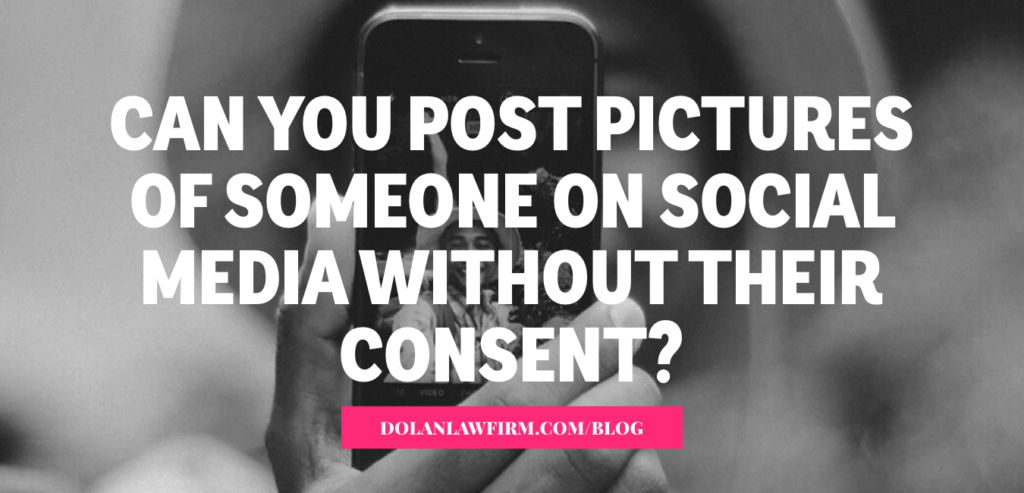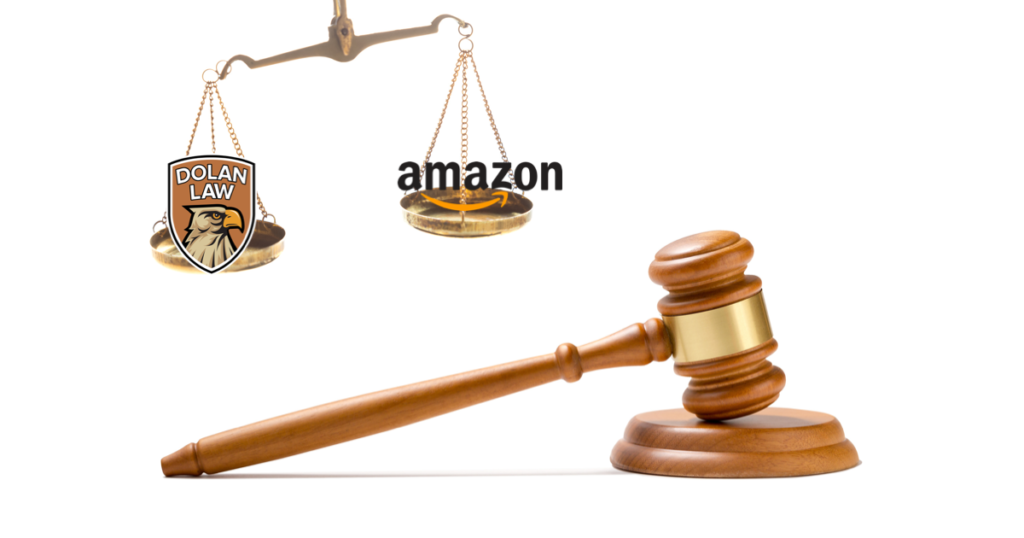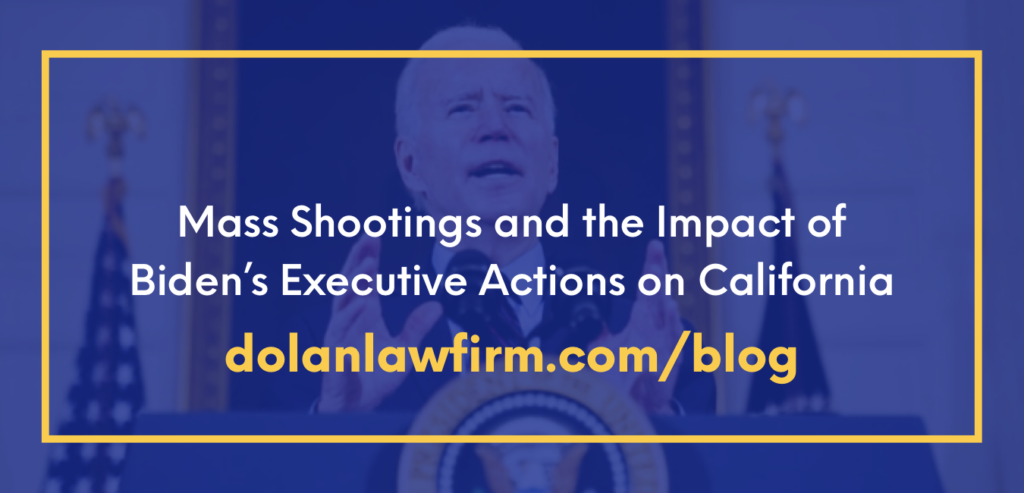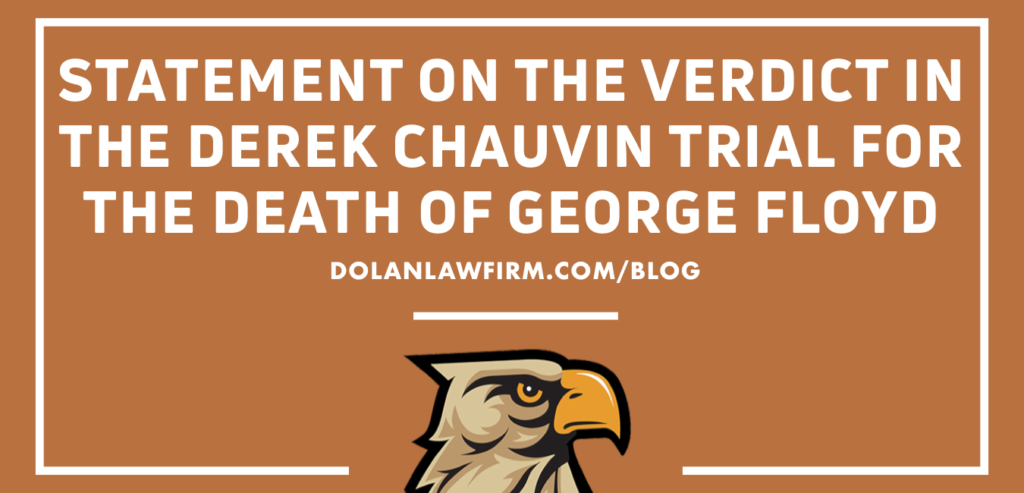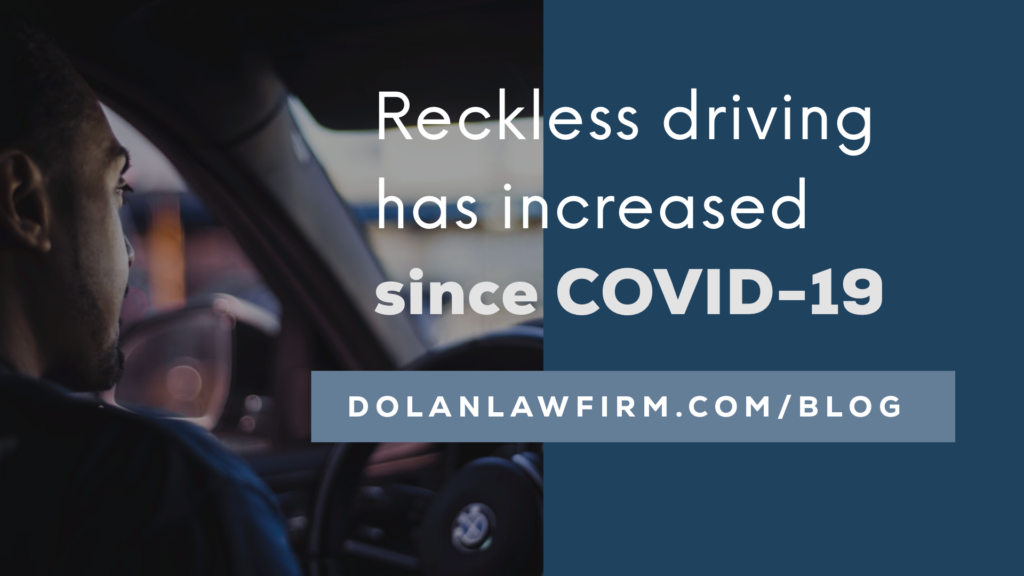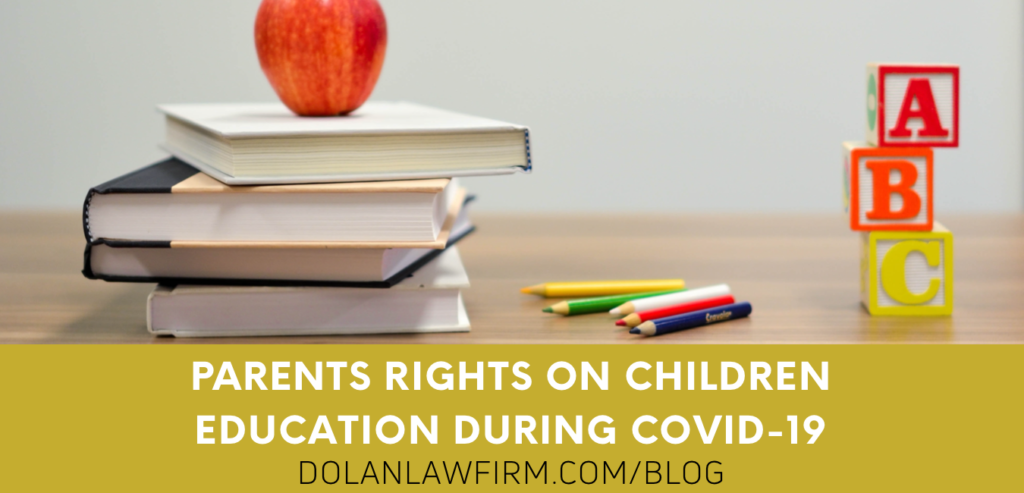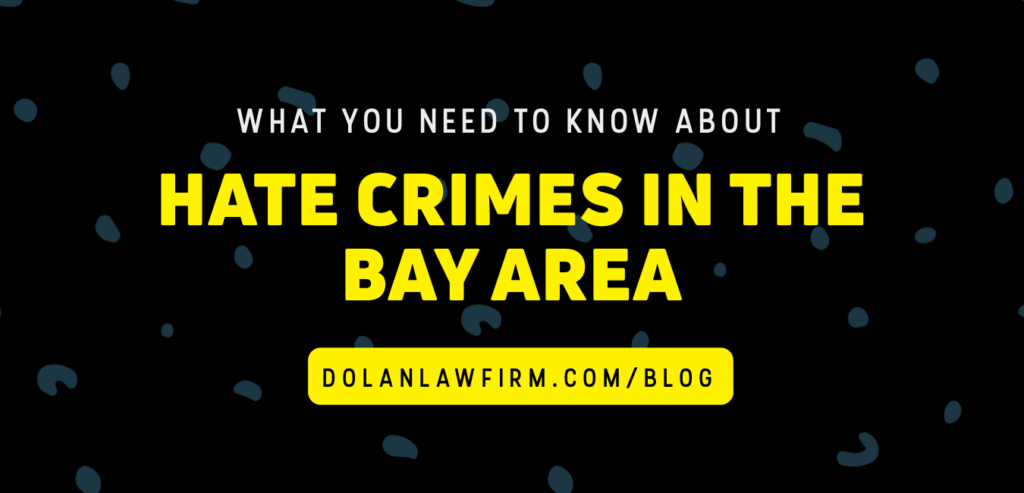Can You Post Pictures of Someone on Social Media Without Their Consent?
Written By: Christopher B. Dolan and Matthew D. Gramly Tony from Belvedere asks: Do I have any right to privacy if others use photos of me that I posted online to social media or for other purposes since it’s without my permission? Dear Tony: This is an interesting question, and one that evolves in the …
Can You Post Pictures of Someone on Social Media Without Their Consent? Read More »

